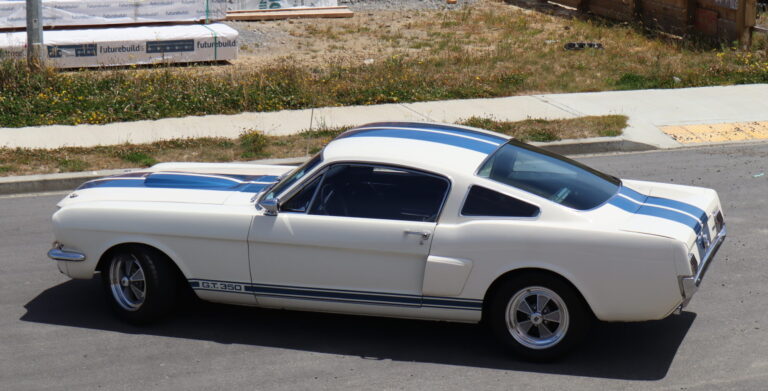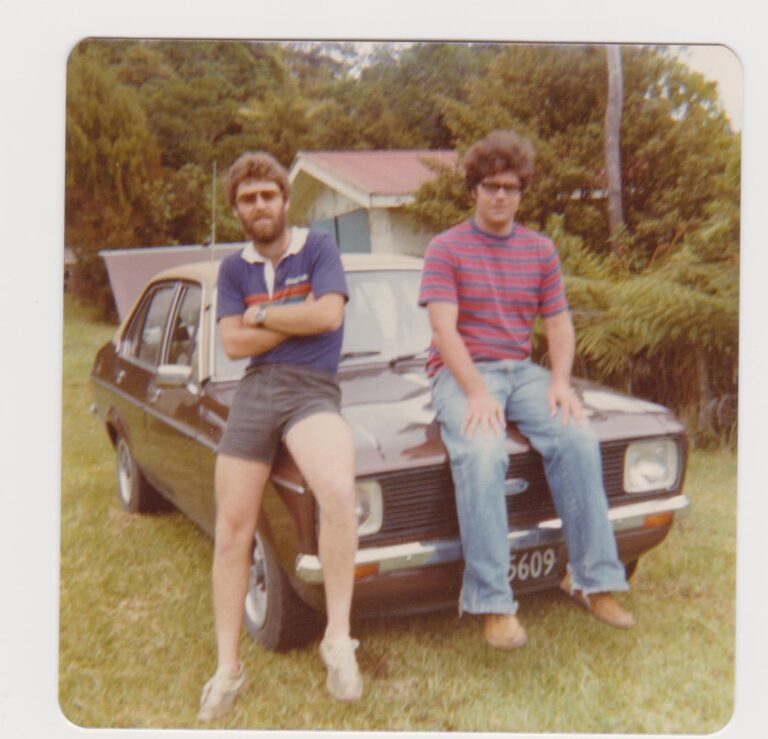
We’re not sure an electro-hydraulically controlled all-wheel drive system is something Porsche purists want to hear is being added to the 2017 Porsche 911 Carrera 4 line-up, but once we saw the proposed engine specs and acceleration times, we were convinced.

Porsche has announced that there will be two engine options when the Carrera 4 hits the tarmac in 2017, and they’re both three-litre flat-sixes, but with the addition of two turbochargers. How does 276kW (370hp) sound? Well, that’s just the base model — the S model produces a stonking 313kW (420hp) at the flywheel. The torque band has widened, thanks to the twin turbochargers, with 449Nm available from 1700rpm, right through to 5000rpm on the base model, and 499Nm available across the same rev range with the S model. It’s safe to say driveability has significantly increased.

To get the power down to the ground you can choose from either a seven-speed manual gearbox — yes seven-speed — or a dual-clutch transmission. Acceleration times are just ludicrous; 3.9 seconds to 60mph for the base model, and 3.6 seconds for the S model — that’s nearing supercar territory.

Your coupe, convertible, or Targa model will come factory with PASM (Porsche Active Suspension Management) suspension, and you’ll have the choice of adding the Sport Chrono package, which adds all sorts of fancy German wizardry. Four ‘modes’ make the Chrono package extra special; Normal, Sport, Sport Plus, and Individual modes alter the performance and handling of the Porsche — all at the touch of a button. If this wasn’t enough, Porsche has announced the addition of rear-axle steering, as seen in the current 911 Turbo models, and 911 GT3s.
The question is though, which model would you choose?










